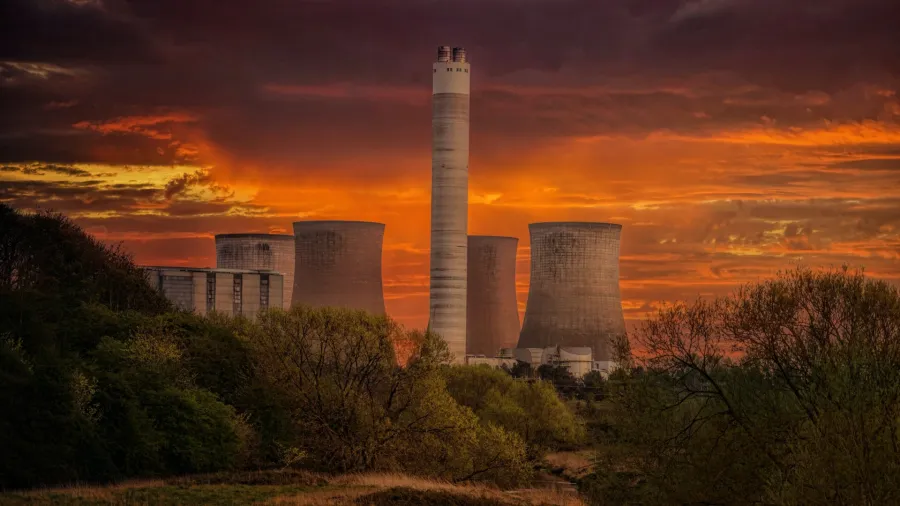
China, Russia drive nuclear investment: IEA
A total of 27 of the 31 reactors constructed since 2017 were Russian or Chinese design.
China and Russia are leading the recovering investment in the nuclear sector, with 16.1 gigawatts (GW) of nuclear reactors being built in China alone, a report by the International Energy Agency (IEA) showed.
In the Nuclear Power and Secure Energy Transitions report, a surge in construction began in 2021, with 10 units breaking ground compared to around four to five annually, typical in recent years.
There are currently 52 reactors under construction with a total capacity of 54GW, 16.1GW of which coming from China, 5.6GW in Korea, 4.4GW in Turkey, 4.2GW in India, 3.8GW in Russia, 3.3GW from the UK, and 16.6GW from other countries.
READ MORE: Nuclear could play key role to secure energy transitions: IEA
The agency added that of the 31 reactors that started construction in 2017, 27 are either Russian design at 17 or Chinese design at 10. There are two European designs under construction in the UK and two Korean-designed units.
Russia also leads the export market, according to IEA, noting that all 10 Chinese-designed units are being constructed in Russia, whilst of the Russian-designed units, only three began construction in Russia, with the rest starting construction in Turkey (3), India (4), China (4), Bangladesh (2), and Iran (1).
“Russia’s invasion of Ukraine raises questions about the export prospects for Russian-built nuclear plants. Finland has cancelled a contract, signed in 2013, for Rosatom to build a plant in Finland, citing delays and increased risks due to the war in Ukraine,” the report read.
Nuclear capacity additions peaked in the 1980s with 230GW of new power plants coming online primarily in Europe and North America, but new construction slowed sharply in the next decade following major nuclear accidents, with only 25GW added.
In the 2000s, capacity additions rebounded to 46GW and another 56GW was added in the 2010s despite the impact of the Fukushima Daiichi accident in Japan in 2011. In 2020, 6GW was commissioned and 5.6GW started in 2021. The IEA said China contributed most of the capacity that came online since 2010.



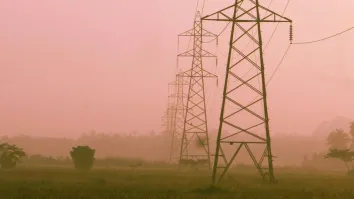
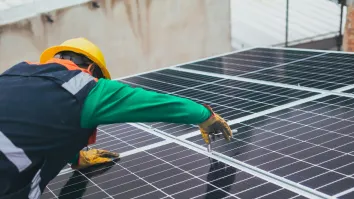





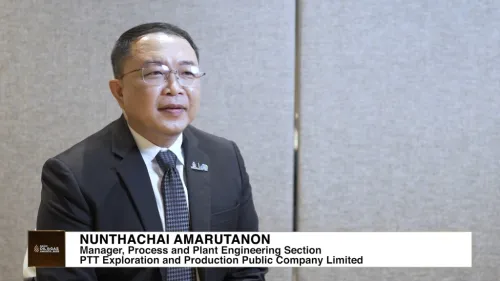


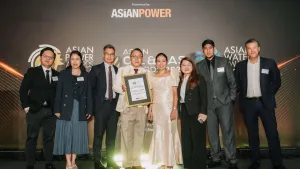





 Advertise
Advertise








